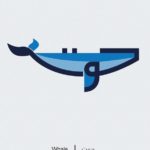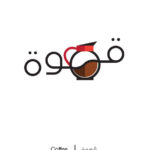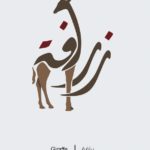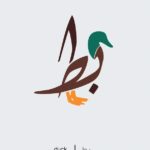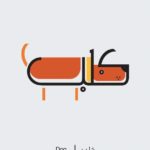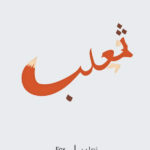Articles
Calligraphy to illustrate the everyday life
Article author: FUNCI
Date of publication of the article: 19/11/2019
Year of publication: 2019
Article theme: Art, Calligraphy.
Calligraphy has historically held a prominent role as a form of artistic expression in the Arab-speaking countries. Writing experienced an important promotion parallel to the expansion of Islam through the African and Asian continents. At the same time, calligraphy, with its curve and flexible style, became one of this civilization’s main arts. Since then, it has continued developing through many different means and styles. These originated in the Kufic style, to tehn evolve into different styles such as the Naskhi, Zuluz, Andalusi, Maghrebi, Diwani, and many others. These styles were not only reflected on manuscripts and treaties, but decorated civil and religious buildings, as well as all kind of everyday objects, bringing poems and sayings to those that didn’t have the possibility of having books.
With the so-called “lettrism”, which refers to the esthetic power of letters, without taking into account words-construction, the Arab letters are used to create a plastic beauty.
Today, Arabic calligraphy has evolved towards more modern styles, but it continues to fulfill that important decorative role. On some occasions, as it happens with the so-called “lettrism” (which refers to the esthetic power of letters, without taking into account words-construction), the Arab letters are used to create a plastic beauty.
It is also remarkable the use of Arab handwriting throughout history to represent elements and living beings, especially with spiritual connotations. Less common is the contemporary representation of animals and everyday objects. Graphic designer Mahmoud has ventured on this project, as shown in the following sample. The following image gallery is an example of his original work and of some of the words he has given life to. They are an expression of the everyday life, of life itself turned into writing, and a different way of portraying our environment (pictures taken from culturainquieta.com).



